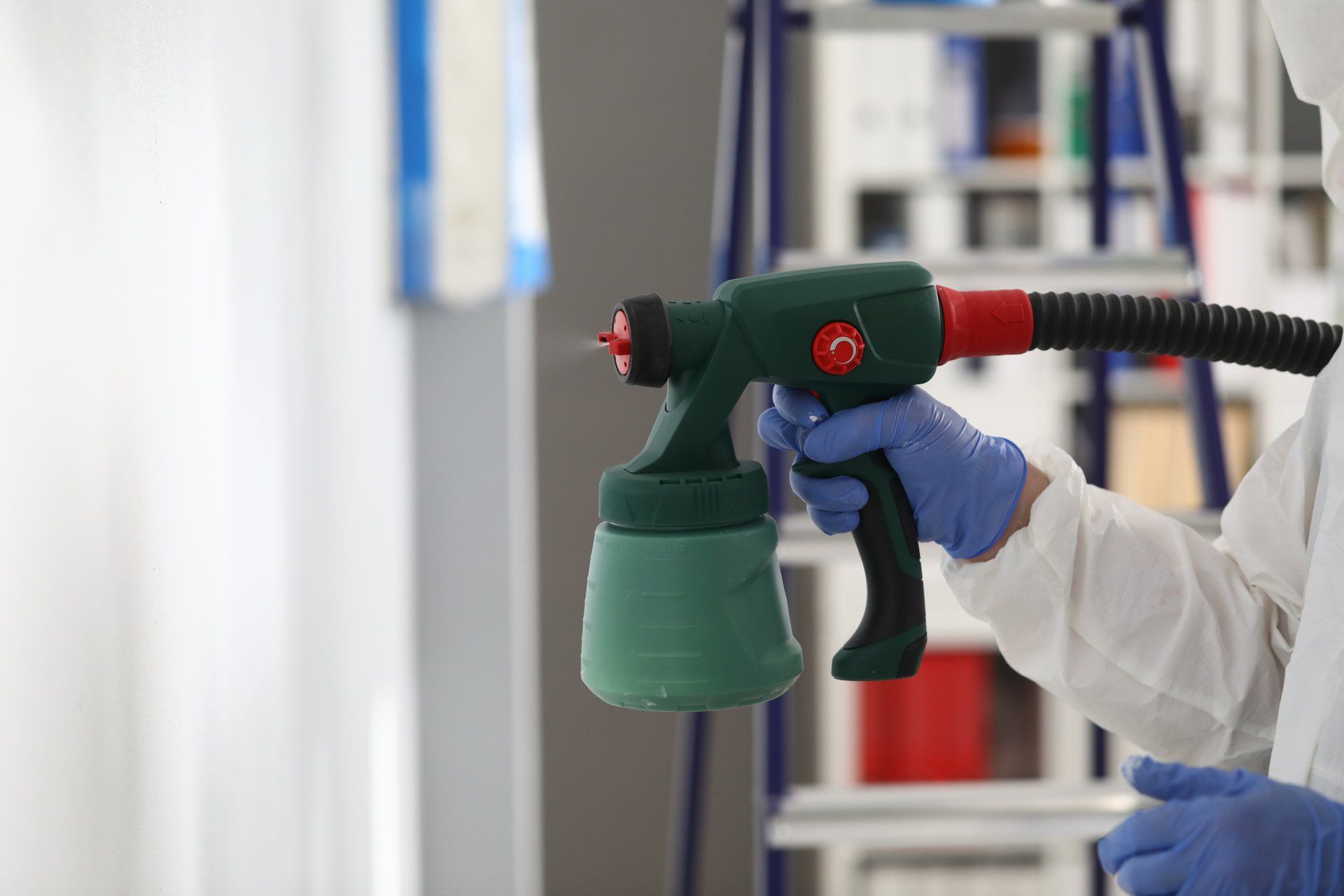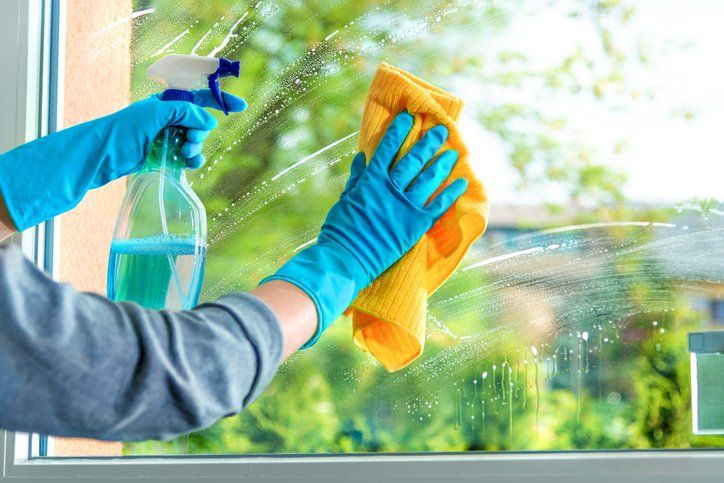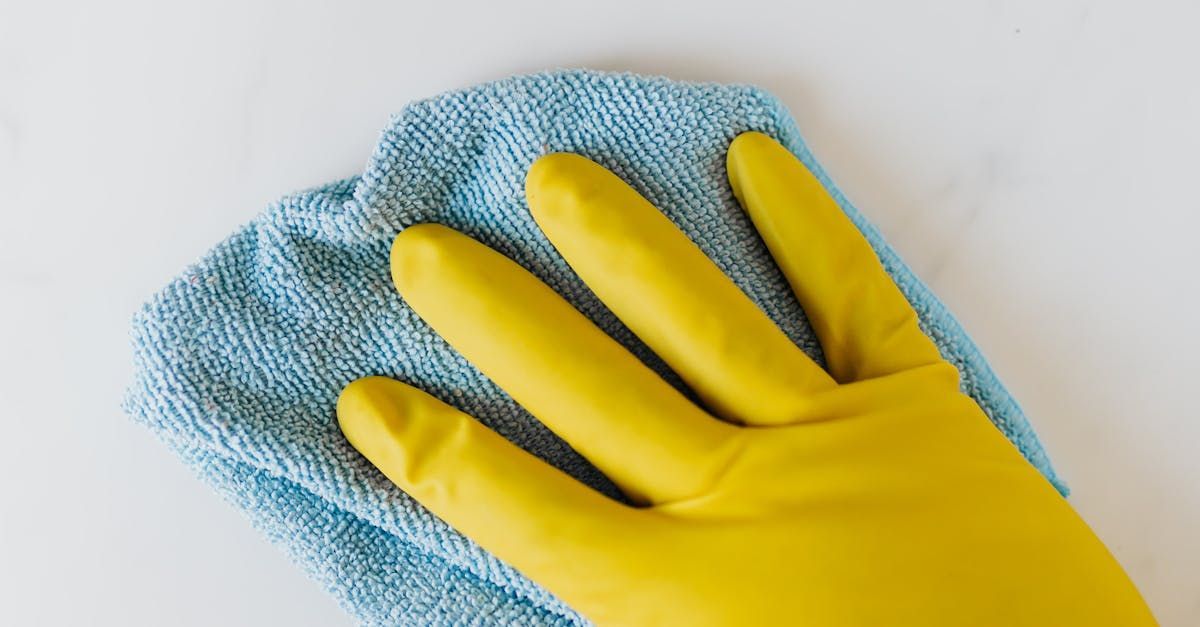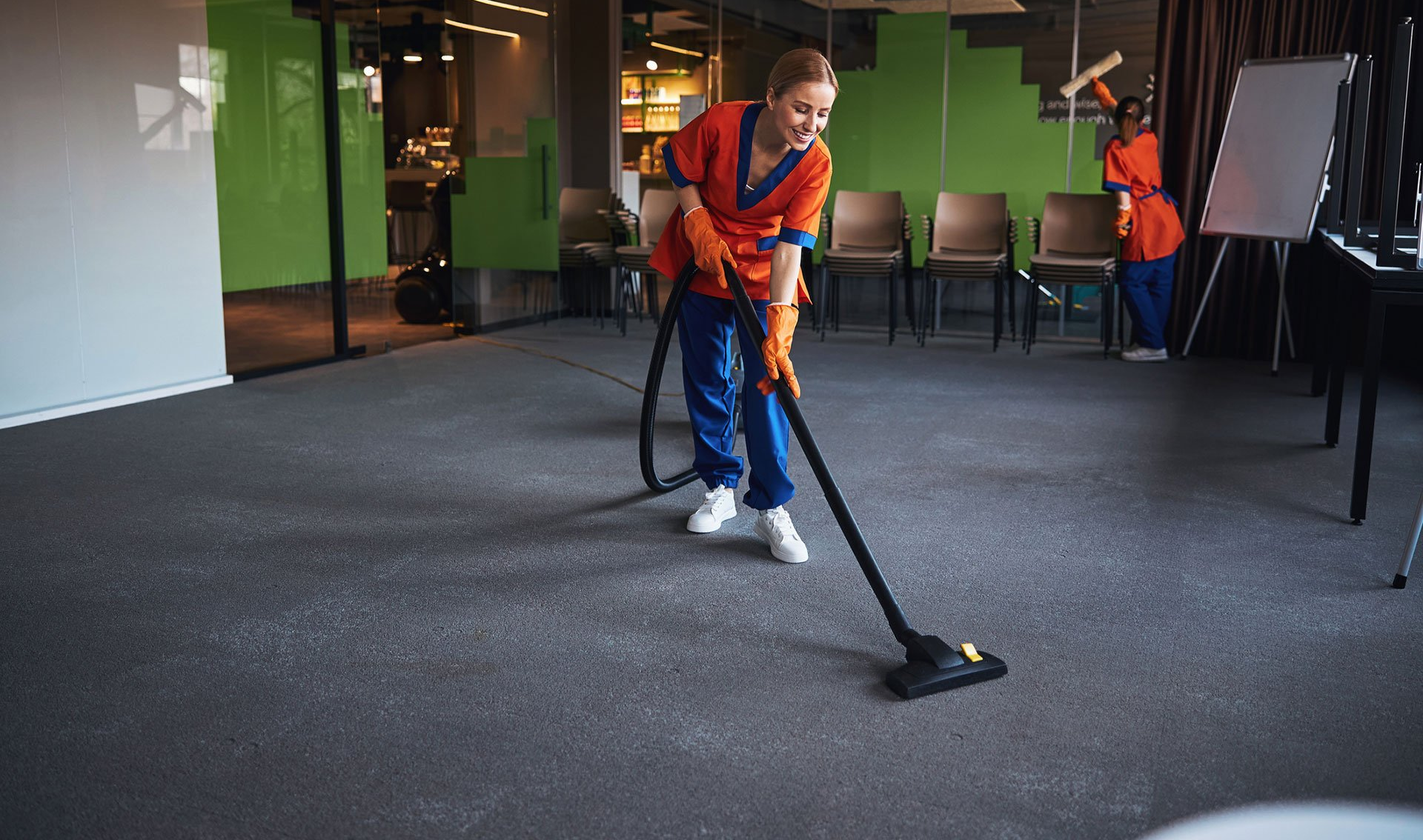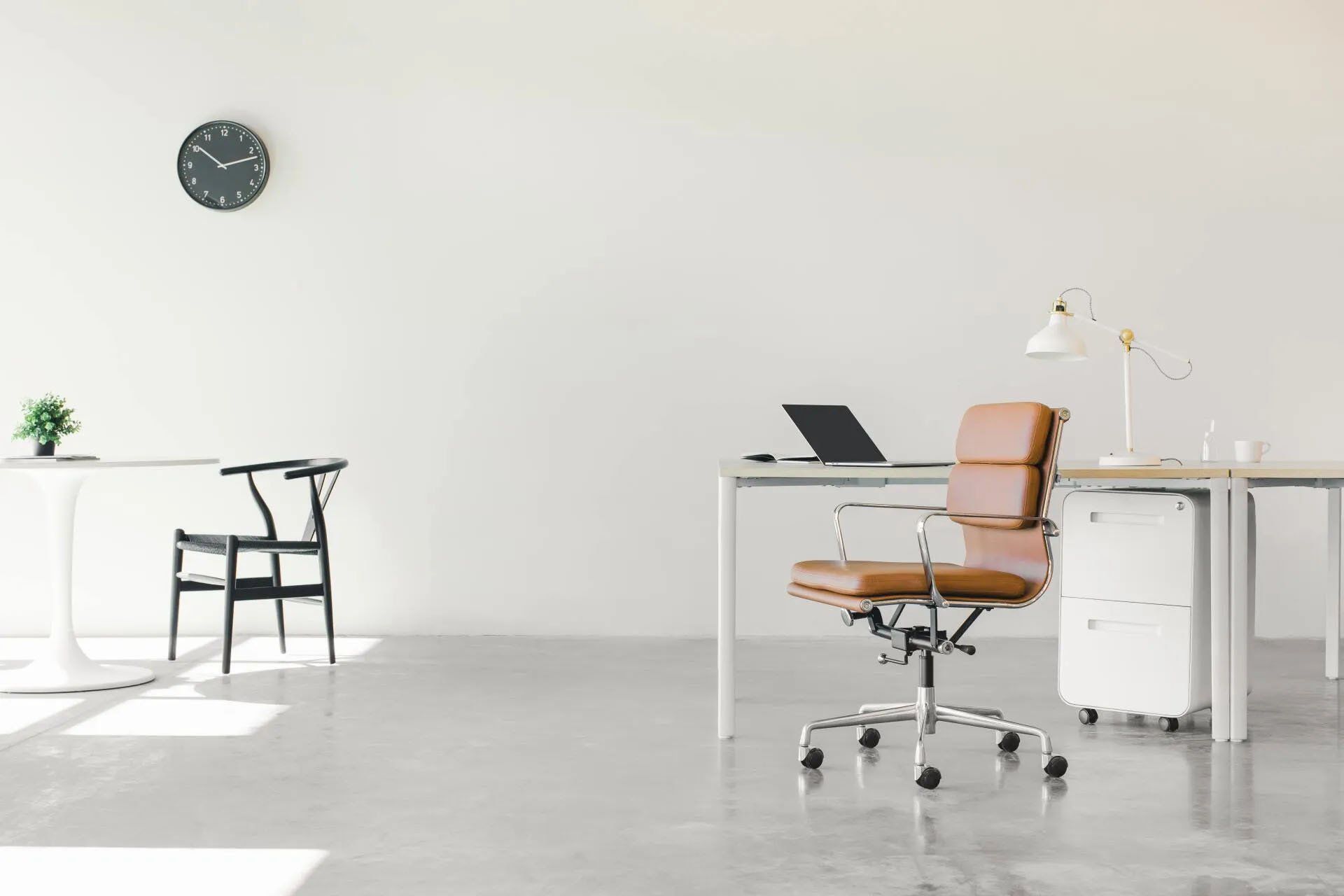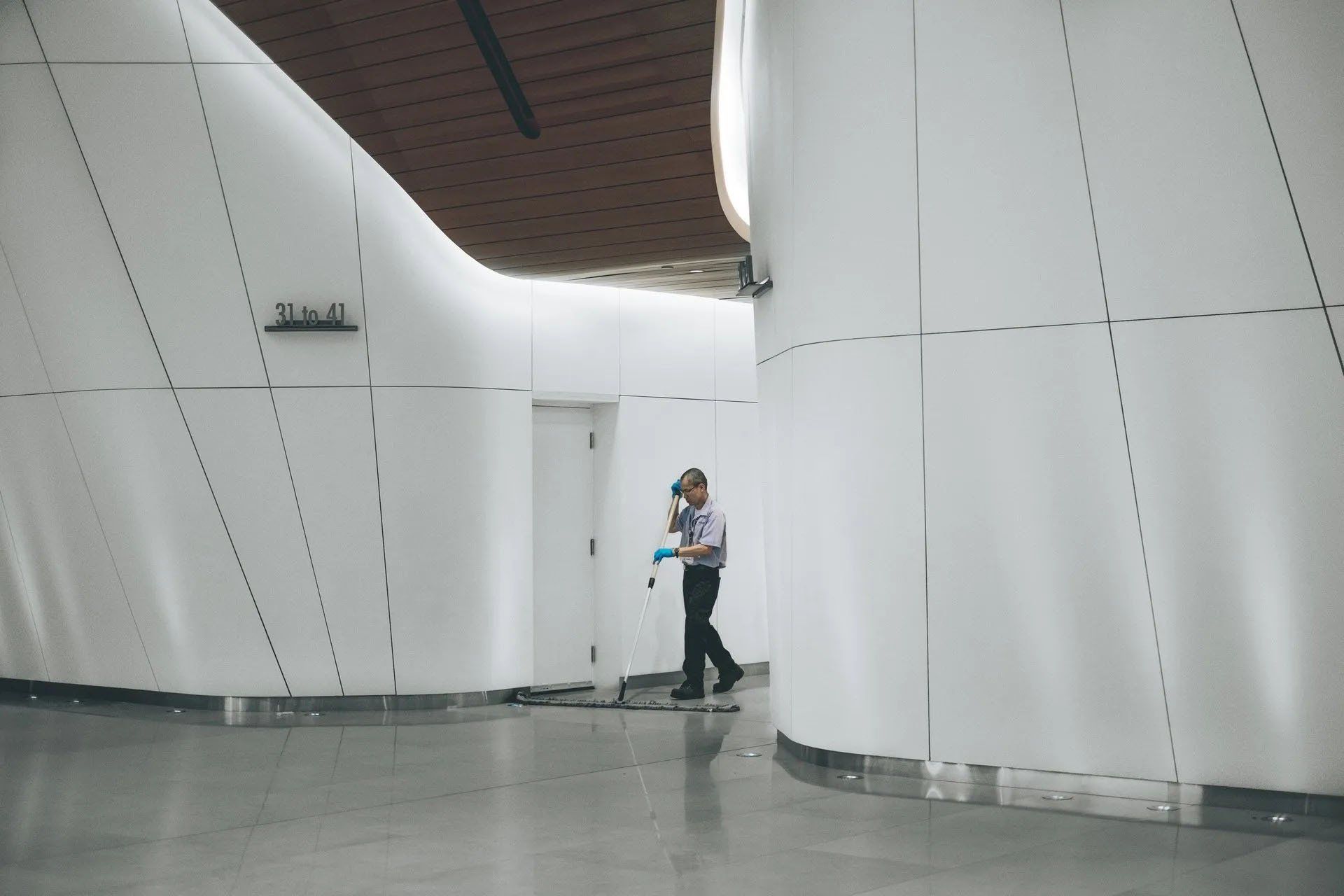2021 Cleaning Standards
How To Keep Your Commercial Property Clean
2020 was a challenging year for everyone because of the COVID-19 pandemic. With lockdowns, social distancing, and increased anxiety around infection, many policies and protocols have had to change across multiple industries. This is especially true for the areas of cleaning and sanitation. Cleaning staff have been essential workers throughout the pandemic and their work has been more vital than ever. New standards and guidelines regarding workplace sanitation have been implemented during the height of the pandemic and will likely remain in effect going forward. Here's what we can expect to see in 2021 and beyond when it comes to commercial cleaning services.
Cleaning vs Disinfecting vs Sanitizing
There are differences to the process to keep in mind:
- Cleaning: Cleaning works by using soap or detergent with water to remove germs, dirt, and impurities from objects or surfaces. While cleaning removes germs from a surface, it does not necessarily kill them. However, if you only have a moment to quickly clean between tasks or customers, cleaning can remove most germs from heavily used surfaces or objects, reducing the spread of infection.
- Disinfecting: This process kills germs on objects or surfaces. When you disinfect a surface, you use chemicals to kill the germs; it can be especially effective when done after cleaning a surface.
- Sanitizing: Public health standards define sanitization as the process of lowering the number of germs on objects or surfaces to a safe level. You can clean or disinfect to achieve this.
Cleaning and Disinfecting Surfaces and Equipment
Most studies have shown that flu viruses and COVID can live and potentially infect a person for up to 48 hours after being deposited on a surface. While this is not the most common way that germs are transmitted, it's important to take proper safety precautions in the workplace to reduce or prevent the spread of infection. Going forward, surfaces and objects that are touched often will need to be sanitized on a routine basis. Countertops, desks, doorknobs, computer keyboards, phones, faucet handles, work equipment, and anything else that comes into frequent contact with multiple people should be cleaned and disinfected at least once per day, sometimes more. Surfaces and objects that are visibly soiled should be cleaned immediately; extra precautions should be taken if there is any chance of contamination with body fluids.
These viruses are fairly fragile, so regular cleaning and disinfecting with soap are sufficient to remove or kill them. It's important to always follow label directions on cleaning products and disinfectants to be sure you're using them safely. After each use, follow the recommended contact time for the disinfectant product used before touching the object again.
Proper Sanitization Techniques
Pay close attention to directions and hazard warnings on product labels. Disinfectants and cleaning products often call for the use of eye protection or gloves; for example, if you are using a bleach solution, you should always wear gloves to protect your hands. Never mix cleaners and disinfectants unless the label indicates that it is safe to do so; improperly mixing products can be incredibly dangerous and even result in death.
Handle Waste Properly
Follow your employer's standard procedures for handling waste, which might include wearing gloves. Throw any disposable items used to clean items and surfaces into the trash immediately after use. Wash your hands immediately with soap and water after emptying wastebaskets or handling any trash at all. Going forward, there will likely be more stringent guidelines around the use of gloves and handwashing stations when handling waste.
We're All in This Together - Trust in Our Janitorial Services!
While the COVID-19 pandemic has introduced unprecedented situations to our society, there is a bright side: going forward, we will likely have measures in place around health, cleaning, and sanitization that will help reduce the spread of the seasonal flu and other viruses. We are now much more aware of how to keep ourselves and others safe. If we work together, we can help keep one another healthy as we navigate the workplace, shopping centers, and other populated areas.

